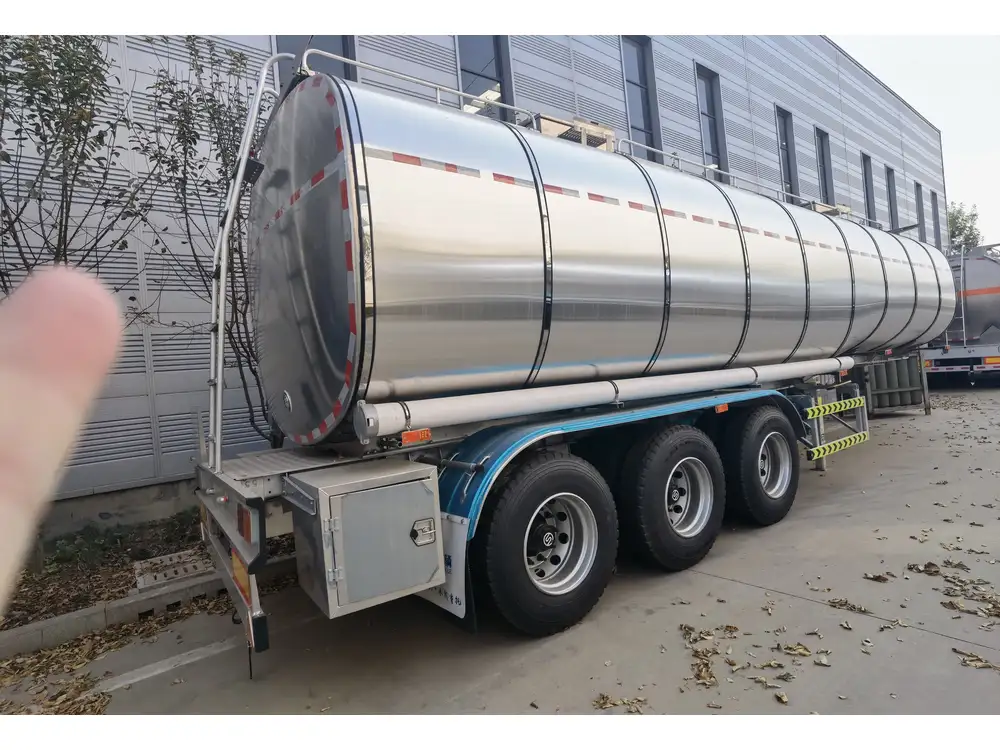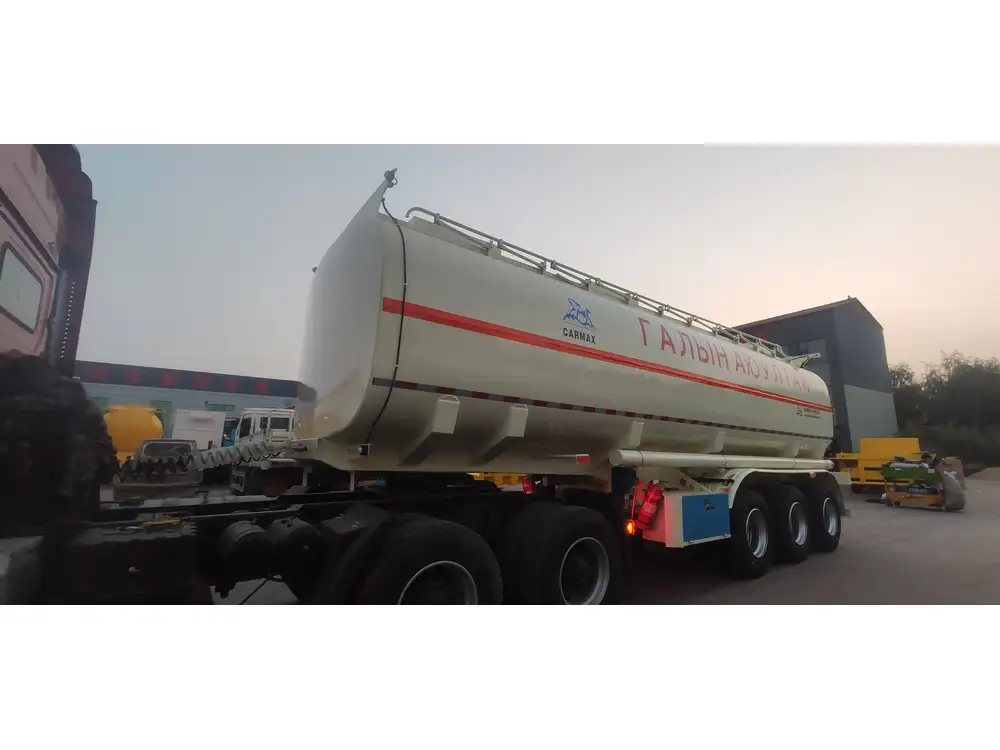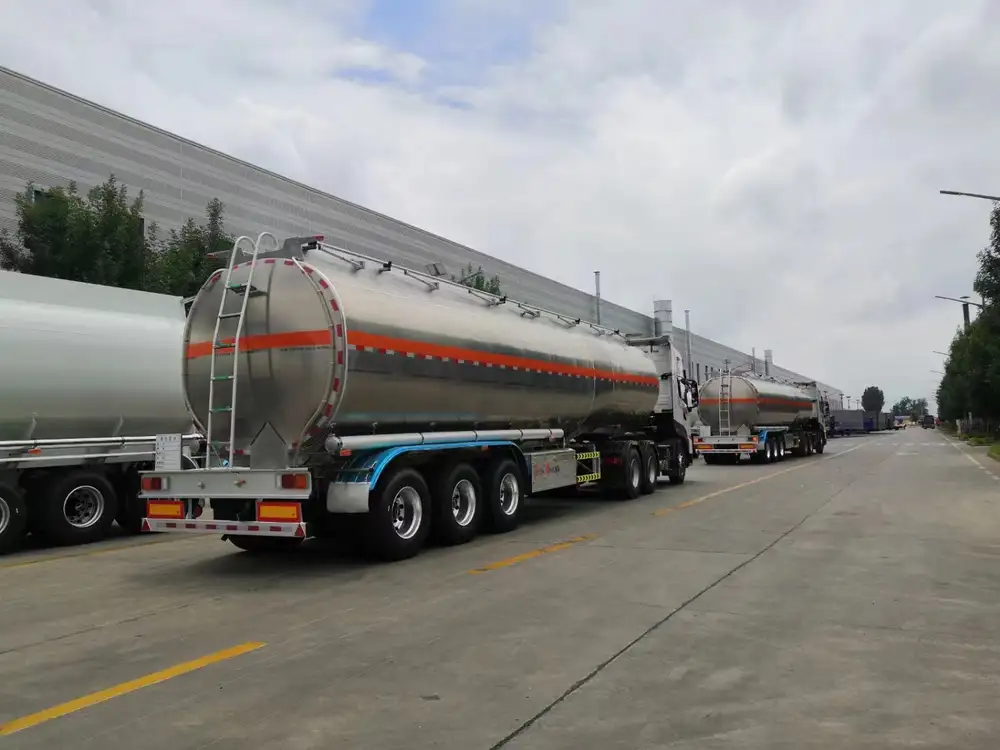The logistics of fuel transport are critical to the infrastructure and economy of any nation, particularly in a resource-rich but developing country like South Sudan. In looking for a small fuel truck for sale in South Sudan, businesses and governmental agencies are focusing on efficiency, cost-effectiveness, and reliability. In this comprehensive guide, we provide insights into the selection process, benefits, specifications, and maintenance aspects of small fuel trucks, specifically catered to the context of South Sudan.
Understanding the Demand for Fuel Trucks in South Sudan
The burgeoning oil industry in South Sudan drastically increases the need for efficient fuel transport. An assessment of the market reveals several factors driving this demand:
- Resource Richness: South Sudan possesses significant oil reserves; effective distribution of fuel is essential to optimizing production and sales.
- Infrastructure Development Needs: An expanding infrastructure—especially roads and energy systems—requires reliable fuel transportation solutions.
- Emergency Services: Firefighting units, hospitals, and other emergency services depend heavily on prompt fuel delivery for operational continuity.
In finding a small fuel truck for sale in South Sudan, one must consider vehicles that suit various sectors ranging from agriculture and construction to emergency services.
Key Features of Small Fuel Trucks

1. Capacity and Size
Small fuel trucks typically have a tank capacity ranging from 1,000 to 5,000 liters. The size must be appropriate for accessing remote areas while still being able to handle substantial deliveries.
2. Engine Power
When selecting a small fuel truck, engine power often correlates with the vehicle’s efficiency and ability to navigate varied terrains. A robust engine becomes essential, particularly for regions with underdeveloped road conditions.
3. Pump and Dispensing Equipment
The internal pumping system should cater to different types of fuel and ensure quick, safe transfers. Look for trucks equipped with:
- High-Performance Pumps: Essential for rapid fuel delivery.
- Digital Meters: For accurate tracking of delivered fuel quantities.

4. Safety Features
Safety cannot be overemphasized. Not only does fuel pose a flammable risk, but the vehicle itself must be designed to handle potential spillages. Look for:
- Emergency Shut-Off Valves: To prevent fuel leaks.
- Anti-Spark Equipment: To minimize combustion risks.
5. Material and Build Quality
Durability is paramount for weathering South Sudan’s environmental challenges. A robust steel chassis and a tank made from corrosion-resistant materials will extend the truck’s lifespan and maintain fuel quality.
| Feature | Ideal Specification |
|-----------------------------|------------------------------|
| Capacity | 1,000 to 5,000 liters |
| Engine Power | 150 HP or more |
| Dispensing Pump | High-performance, compliant |
| Safety Features | Anti-spark and leak prevention |
| Build Material | Corrosion-resistant steel |Cost Considerations
Purchasing a small fuel truck in South Sudan is an investment, and understanding the associated costs can guide decision-making. Key elements include:
- Initial Acquisition Cost: The price of the truck itself, which varies based on specifications and manufacturer.
- Fuel Efficiency: Long-term savings can be realized by selecting trucks that optimize fuel usage.
- Maintenance Costs: Routine maintenance is crucial in this hot climate. Consider vehicles that display high reliability and have readily available parts.
The average cost ranges from $25,000 to $60,000 depending on the manufacturer specifications, with CarMax Vehicle offering competitive pricing for quality products.

Maintenance Best Practices
Proper maintenance of small fuel trucks ensures longevity and efficiency. Here are several strategies to employ:
- Regular Inspections: Conduct visual inspections of the tank, pump, and chassis for signs of wear or damage.
- Lubrication: Regularly lubricate moving parts to minimize wear and tear.
- Fuel Quality Testing: Ensure that the fuel tanker is regularly cleaned and that fuel quality is maintained to prevent contamination.
- Record Keeping: Keep meticulous records of maintenance schedules and inspections, as they can assist in diagnosing issues before they escalate.
The Competitive Edge: Why Choose CarMax Vehicle?
CarMax Vehicle stands out among competitors for several key reasons:
- Reputation for Quality: Our focus on high-quality construction materials ensures that vehicles endure the challenging conditions of South Sudan.
- Custom Solutions: We offer tailored options that cater to the specific needs of different industries, from agriculture to emergency services.
- Comprehensive Support: Our customer service team stands ready to assist with training, part replacements, and expert advice on vehicle operation and maintenance.
Conclusion
Investing in a small fuel truck for sale in South Sudan is a strategic decision that can enhance operational efficiency across numerous sectors. By understanding the necessary features, costs, and maintenance practices, buyers can make informed decisions that yield long-term benefits. CarMax Vehicle is committed to offering superior vehicles catered to the unique needs of South Sudan, ensuring safety, reliability, and economic viability.

FAQs
1. What is the ideal size of a small fuel truck for rural South Sudan?
A truck with a capacity between 1,500 to 3,000 liters is generally ideal for navigating rural areas while still meeting delivery demands.
2. How can I ensure the fuel truck complies with safety regulations?
Consult with local authorities and ensure that the truck model includes necessary safety features, such as emergency shut-off valves and spill prevention measures.
3. Are financing options available for purchasing small fuel trucks?
Many manufacturers, including CarMax Vehicle, provide financing options to ease the purchasing process—discuss specifics directly with sales representatives.
4. What maintenance schedule is recommended for small fuel trucks?
A regular maintenance schedule should include monthly inspections, oil changes every 5,000 kilometers, and annual checks for the pumping system and tank integrity.













Reviews
There are no reviews yet.